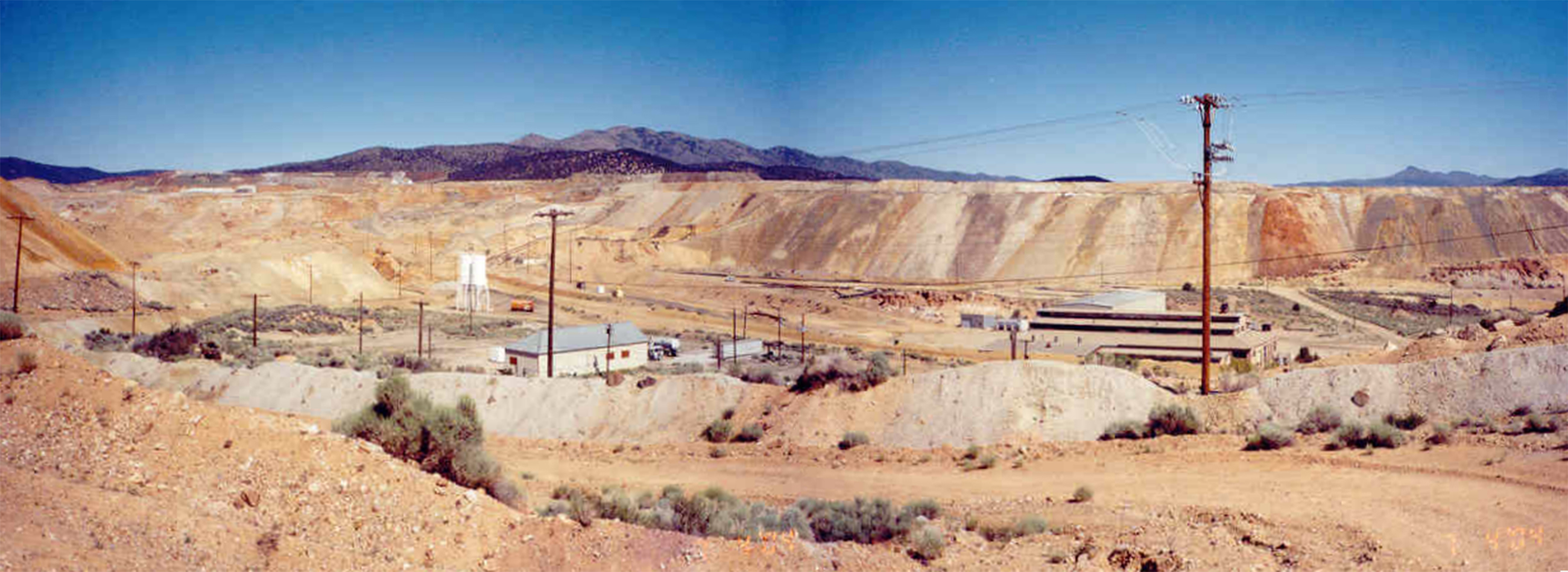With all the coal in the United States, why aren’t more diamonds found here?
By: Andrew A. Sicree, FM National Newsletter Editor
Diamonds are pure carbon. Coal, however, is a complex mixture of large organic molecules consisting mainly of carbon, hydrogen, and oxygen with some nitrogen, sulfur, and other elements. A coal bed forms from a thick layer of plant matter which has been buried, compacted, and turned into a rock. In nature, diamonds form in the Earth’s mantle under very high pressures (54,000 times atmospheric pressure). In order to be turned into diamond, coal would have to be pushed down to depths of at least 100 miles. None of our coals were ever buried anywhere near that deep! Even the anthracite, or hard coal, from eastern Pennsylvania was never buried any deeper than about three to six miles. So don’t go looking in the coal fields for diamonds.
Diamonds are as interesting to the mineralogist as they are to the jeweler. They are important to earth scientists because they carry information about the nature of the Earth’s mantle where they formed. (The mantle being that part of the Earth’s structure which lies between the Earth’s crust and its core – under most continents it starts about 20 miles down and continues to 1,800 miles in depth). The most common way diamonds can be carried out of the mantle is during a volcanic eruption of a very unusual igneous rock called kimberlite. Kimberlite is typically a gray or bluish rock with large crystals of a dark brown mica, the mineral phlogopite, visible in it. Kimberlites may also contain small crystals of bright green diopside, blood-red pyrope garnets, and glossy black ilmenite, as well as other high-pressure minerals, along with fragments of the Earth’s mantle in the form of xenoliths (i.e. “strange rocks”). Diamonds are also found in another unusual mantle-derived igneous rock called lamproite. They are also in meteorites and in rocks which have been shocked by impact of large meteorites, but not as large gem-grade specimens.
Diamonds are a high-pressure form of pure carbon. Temperature is also important: typically, diamonds form only in those parts of the mantle where the pressures are greater than 54,000 atmospheres and the temperatures are less than about 1,300 degrees Celsius (2370 degrees Fahrenheit). Graphite, which is also pure carbon, is the truly stable form of carbon at the surface of the Earth. Because diamonds form in the mantle, the fact that we find them on the surface implies that rocks can escape from the Earth’s mantle to its surface. The magma which solidifies to form the kimberlite must move rapidly from the Earth’s mantle to the surface and cool quickly if diamonds are to avoid being converted into graphite. It has been calculated that a kimberlite eruption may occur at twice the speed of sound! Clearly you wouldn’t want to be nearby when one blew, but there have been no known kimberlite eruptions during historic times.
One of the most interesting, if not also most disappointing, pseudomorphs is that of graphite after diamond. For instance, small octahedrons of graphite have been reported in rocks in North Africa. Because graphite is hexagonal and diamond is isometric, these are thought to have been diamonds, formed at great depths, but converted into graphite as they were carried upward slowly by the process of obduction.
Interestingly enough, kimberlites are more common than many suspect. Kimberlites and related rocks have been found in Arkansas, New York, Kentucky, Wyoming, Colorado, and elsewhere. They even occur at three locations in Pennsylvania. Two of these kimberlites were encountered in coal mines in Indiana County, Pennsylvania, and have not yet been detected on the surface. But the third kimberlite can be seen on the surface near Masontown in Fayette and Greene Counties. These kimberlites have been determined by Dr. Bikerman of the University of Pittsburgh, to have formed about 147 million years ago during the Late Cretaceous Period. While, in theory, any kimberlite could carry diamonds, only one kimberlite in a hundred is diamondiferous. No diamonds have yet been found in any kimberlite in Pennsylvania, but we keep looking!
Source: FM Newsletter, Vol 32, via Pick and Pack, March 2003, via Rockhound Ramblings, April 2006.





